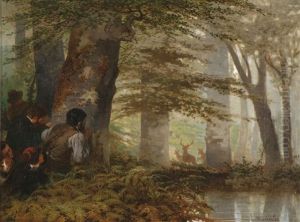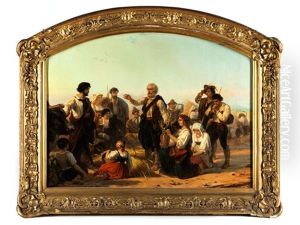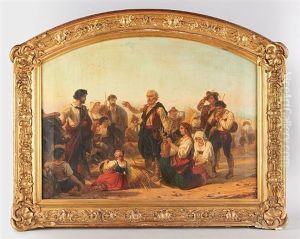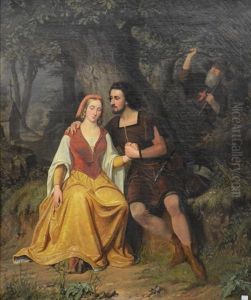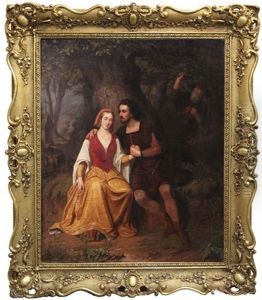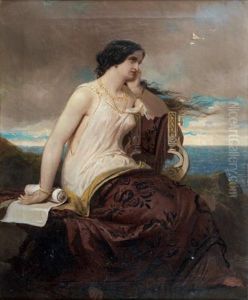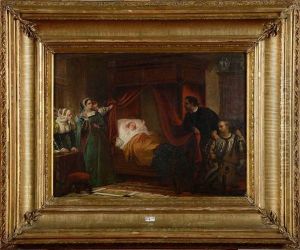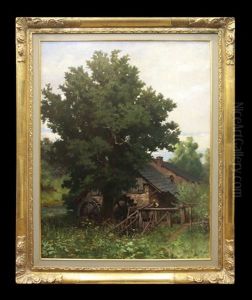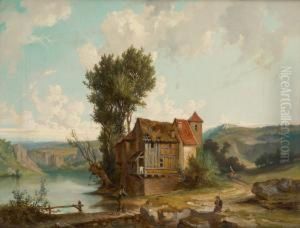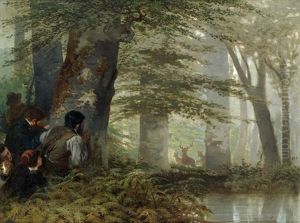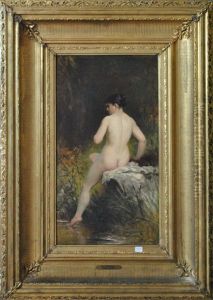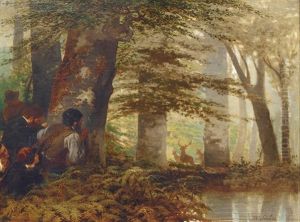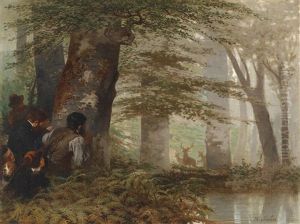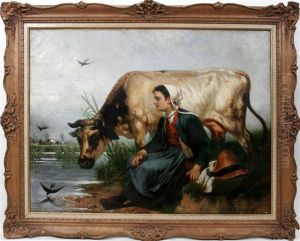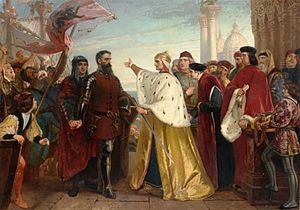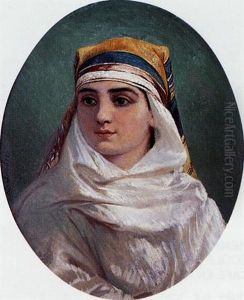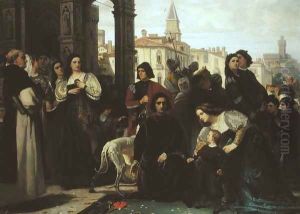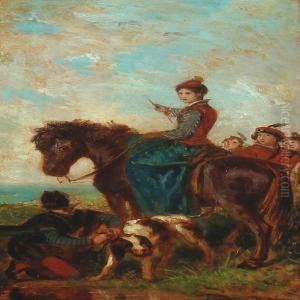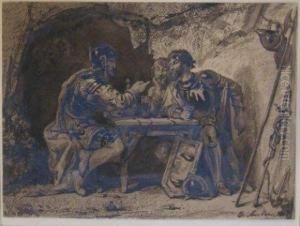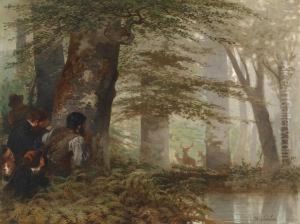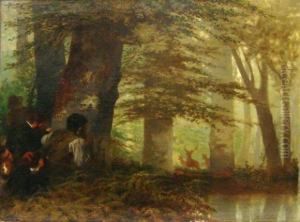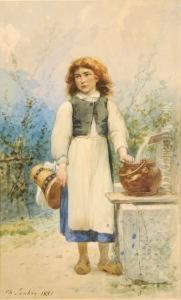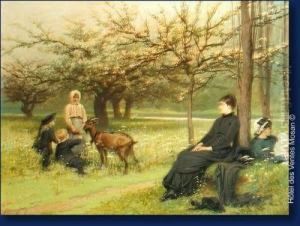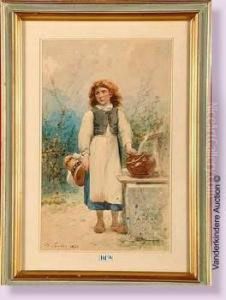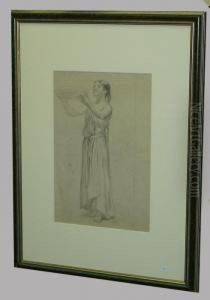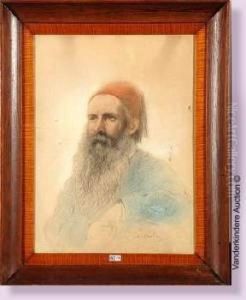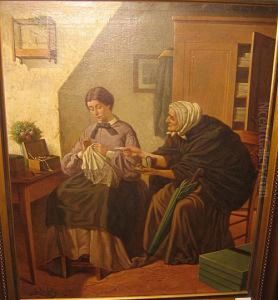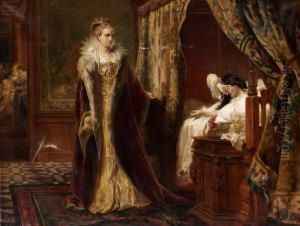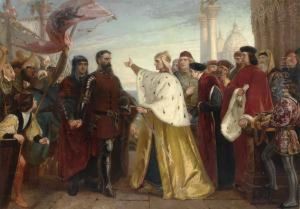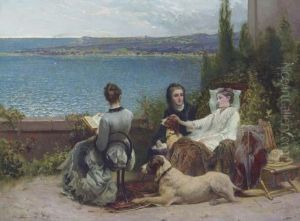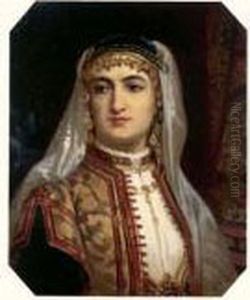Charles Soubre Paintings
Charles Soubre was a Belgian artist born in Liège in 1821. He emerged as a significant figure in the 19th-century European art scene, primarily recognized for his contributions to painting and engraving. His early education and exposure to art came from his native city, which was a vibrant center for artistic activities during that period. Soubre's initial training was rooted in the classical tradition, but he gradually embraced the romantic movement, which was gaining momentum across Europe.
Soubre's artistic journey was marked by his keen observation of social realities and human conditions, themes that frequently appeared in his works. He had a profound interest in depicting scenes from daily life, historical events, and the working class, often imbued with a sense of realism and emotional depth. This approach made him stand out among his contemporaries, as he delved into subjects that were both intimate and socially relevant.
Throughout his career, Charles Soubre took part in numerous exhibitions, gaining recognition and accolades for his compelling portrayals and technical proficiency. His works were celebrated for their narrative quality, drawing viewers into the stories unfolding on the canvas. Soubre was also known for his contributions to the academic world, serving as a professor at the Royal Academy of Fine Arts in Liège. In this role, he influenced a generation of artists, imparting his knowledge and passion for art.
Despite his success, Soubre remained deeply connected to his roots in Liège, often drawing inspiration from the city and its inhabitants. His legacy is not only in the paintings and engravings that he left behind but also in his impact on the Belgian art scene and the artists he mentored. Charles Soubre passed away in 1895, leaving behind a body of work that continues to be appreciated for its emotional depth, technical skill, and social commentary.
